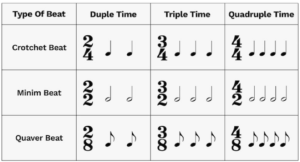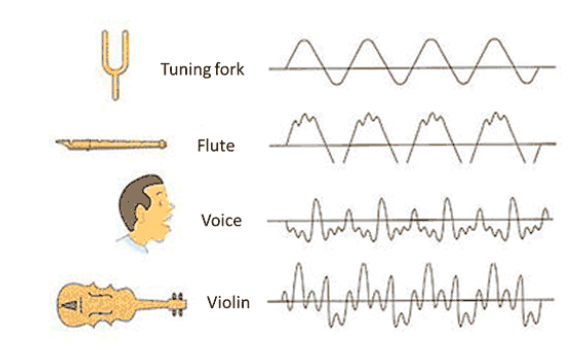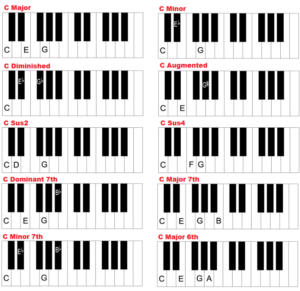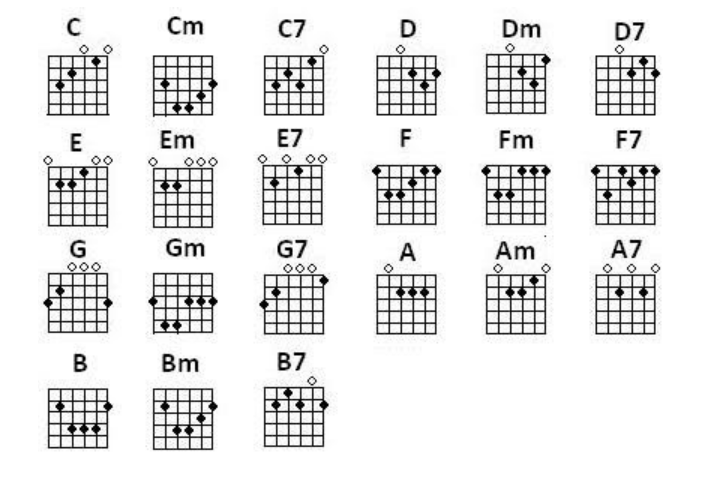Music theory, if we put in simple words, is the study of how music works. It is a fundamental aspect of music that enables musicians to understand the structure and organization of music. It covers different elements that make up music, including pitch, rhythm, harmony, and form. By understanding these concepts, you as a music student can better understand how music is put together. You will further be able to analyse and appreciate music more deeply, and even get creative and compose your own music.

Alternatively, music theory is the language that musicians use to communicate with one another and perform music. In this article, we will discuss the music theory basic for beginners.
What is Music Theory?
Music theory is the study of the structure and different elements that are used in music. It explores the principles that govern the organisation of sound in time and space, including melody, harmony, rhythm, and form. In a sense, it is the formal language of music. Therefore, learning music theory is an important part of music classes.
The Elements of Music
The basic elements of music include the following.
Musical Notation and Reading Sheet Music
Musical notation is the system of symbols and markings used to represent musical sounds and rhythms. Sheet music is a written or printed document that shows the notated music.
To read sheet music, you need to understand the basic elements of musical notation, including the staff, clefs, notes, and rests. The staff is a set of horizontal lines and spaces where musical notes are placed. The clef tells you which notes correspond to which lines and spaces on the staff. Notes represent the pitch and duration of a sound, while rests indicate periods of silence.
Rhythm
In the most simple form, we can define Rhythm as music’s pattern in time. It is one indispensable element in music. It is created by combining different durations of notes and rests. In other words you can say, rhythm is the organisation of sounds and silences in time. It gives music its sense of flow and movement. The most common rhythms in Western music are duple (two beats per measure) and triple (three beats per measure).
Time Signatures
A time signature is a symbol that is placed at the beginning of a piece of music to indicate the number of beats in each measure and the type of note that receives one beat. The most common time signature is 4/4, which means there are four beats in each measure, and the quarter note receives one beat. Time signatures indicate the number of beats in a measure and the duration of each beat.

For example, a 4/4 time signature means there are four beats in each measure, and each beat is a quarter note. A 3/4 time signature means there are three beats in each measure, and each beat is a quarter note.
Pitch
Pitch is the quality of a sound that allows us to distinguish between high and low sounds. It is the frequency of a sound wave, and it is measured in Hertz (Hz).
When the frequency is higher, the pitch will also be higher. When the frequency is low, the pitch will also be lower.

Intervals
Intervals basically shape the music that we listen to in our daily lives. An interval is the distance between two pitches/notes. Music intervals help in dictating the structure and the melody of a chord. However, apart from understanding how they work throughout music you will have to learn to name intervals in music by ear.

Intervals are represented in two different ways, harmonically (harmony) or melodically (melody). Knowing these terms can be helpful when communicating with other musicians.
We usually measure intervals by the distance from the starting note to the note we land on. The most common interval in Western music is the octave, which is a doubling or halving of the frequency.
Melody and Harmony
Melody is the sequence of single notes or pitches that make up a musical phrase. It is the tune or main theme of a piece of music. The sequence of pitches create a memorable and recognizable musical line. Melodies can be simple or complex, and they can be composed of short motifs or longer phrases.
Harmony refers to the combination of multiple notes or pitches played together to create chords and chord progressions. It is the foundation of the accompaniment or the background of the melody. Harmony creates the texture of a piece of music and provides support for the melody. It can be simple or complex, and it can be consonant (pleasant to the ear) or dissonant (harsh to the ear). Harmony adds depth and complexity to music and can create different moods and emotions.
Key Signatures
A key signature is a set of flats and sharps which are placed at the beginning of a piece of music. It is added to indicate the key of the music. The key of a piece of music is the tonal centre around which the melody and harmony revolve. The key signature tells us which pitches are to be raised or lowered throughout the piece.

Timbre
Timbre, also known as tone colour, is the quality of sound that distinguishes one instrument or voice from another. It is determined by the physical characteristics of the sound source.

Scales
A scale is a sequence of pitches arranged in ascending or descending order. The most common scale in Western music is the major scale, which consists of seven notes arranged in a specific pattern of whole and half steps.

For example, if you look at the pattern for a major scale, it is given as; whole, whole, half, whole, whole, whole, half. For example, the C major scale is: C, D, E, F, G, A, B, C. Other common scales include the minor scale and the chromatic scale.
Chords
Chords are three or more notes played together. They are used to create harmony in music, and they are classified according to their quality (major, minor, augmented, or diminished) and their position in a scale (triads or seventh chords). Triads are chords that consist of three pitches, and seventh chords are chords that consist of four pitches.

On the other hand, chord progressions are a series of chords played in a specific order and are often used in popular music.

Form
Form refers to the overall structure or organisation of a piece of music. It includes the arrangement of musical ideas, sections, and themes, and how they are repeated, varied, and developed throughout the piece. Form gives music its coherence and shape. The most common forms in Western music are binary (two-part), ternary (three-part), and rondo (ABACA).
Putting Music Theory into Practice
Applying Music Theory to Your Playing
Understanding music theory can help music students become a better musician by giving them a deeper understanding of how music works. They can use this knowledge during music class online to analyse and interpret music more effectively, improvise and create their own music, and communicate more effectively with other musicians.
Know the Common Music Theory Terms and Concepts
There are many terms and concepts in music theory, including scales, intervals, chords, cadences, and more. It’s important to have a basic understanding of these concepts to communicate with other musicians and understand music more deeply.
Importance of Music Theory
Music theory is essential for understanding how music works and for communicating musical ideas. Here we have listed down few reasons highlighting why music theory is important:
- Compositional Tools: Music theory provides composers with a set of tools that they can use to create new music. This includes knowledge of scales, chords, harmony, and melody, which are the building blocks of music.
- Performance: Musicians who have a good understanding of music theory are better equipped to perform music accurately and with expression. This is because they understand how the notes and rhythms work together to create a cohesive musical piece.
- Analysing Music: Music theory allows us to analyse and understand the structure of music. This helps us appreciate the composer’s intentions and the cultural context in which the music was created.
- Communication: When musicians understand the same terminology and concepts, they can more easily collaborate and share their ideas.
- Creativity: While music theory is often associated with classical music, it can be applied to any genre. Understanding music theory can help musicians break out of their creative ruts and come up with fresh and innovative ideas.
In summary, music theory is an essential part of being a well-rounded musician. Some of the best online music classes providers such as Music Pandit not only focus on helping students learn songs, exercises or pieces but they teach you complete music theory as well.
Conclusion
Music theory is a fundamental aspect of understanding and creating music. By learning the basics of musical notation, rhythm, pitch, and harmony, learners can better understand how music is put together and improve their playing and composing skills. However, music theory is a vast and complex subject and it will take years of study to master and know all the concepts.
The basics outlined in this article are essential for every beginner to understand. In any case, if you decide to join music classes online you will get to learn music theory music more in detail with explanations from the instructor. By learning these fundamental concepts, you will gain a deeper appreciation for the music you listen to and the music you create.














